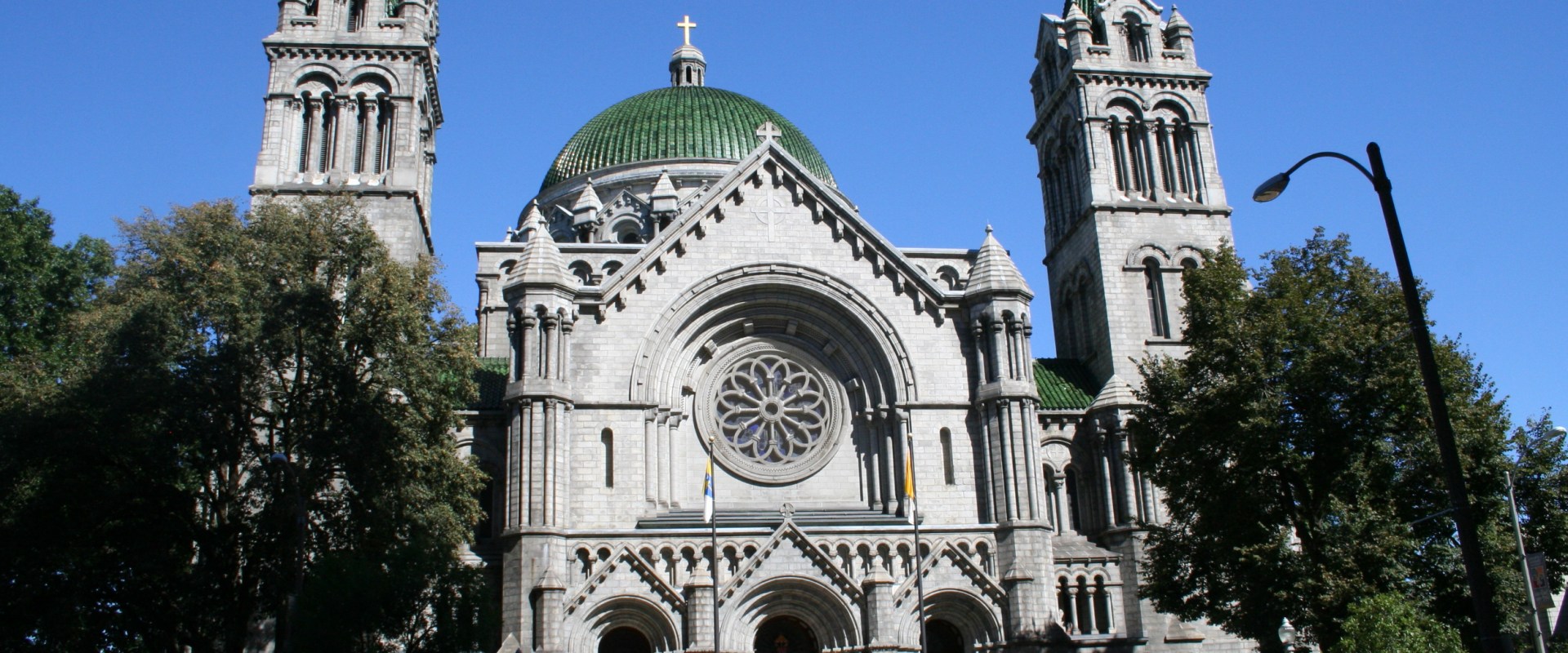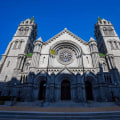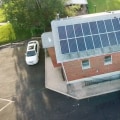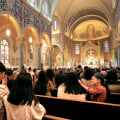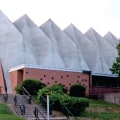Churches are an essential part of any community, and the development and priorities of denominations often mirror the stories of the people within that area. This is especially true in St. Louis, Missouri, where the connection between churches and politics has been a dynamic one throughout history. A few election cycles ago, I noticed that some churches were getting involved in politics with abandon. They would invite politicians to their pulpit, speak out against certain candidates by name, and act as if their tax-exempt status would never be questioned.
This bold behavior was unexpected to me. What was even more unexpected was that the politicians who received their support were often the ones who strongly supported legislation that violated biblical morality. To better understand this relationship between religion and politics in St. Louis, it is important to look at the history of the city. The 1920s were a turning point for many of the fundamental issues that shaped the 20th century in the United States. This period saw a rise in religious activism, evangelization, discourse, practice, and reinvention that contributed to this change.
It also saw a rise in African American religious history, including slavery, emancipation, urbanization, migration, consumer culture, sexuality, politics, and media technologies. The phrase “a wall of separation between Church and State” is often used to describe this relationship between religion and politics. However, this phrase is not found in the Bible, the Declaration of Independence, or the Constitution. Instead, it is a phrase that has been repeated so often that it has become ingrained in our culture. The African Methodist Episcopal (AME) movement began when Richard Allen took a group of black parishioners out of a Philadelphia church in 1787 to form his own worship service. This movement eventually made its way to St.
Louis in 1930 when the Compton Heights (St.) Christian church moved to the West End. The church used its building for a variety of purposes and was made up of Americans who had emigrated from other parts of the United States such as New England and the Southeast Coast. Other denominations followed suit with Episcopalians founding Christ Church in 2nd and Walnut (now Christ Church Cathedral) in 1819 and Methodists founding their own church in 1821. Today, twenty-five percent of Americans identify themselves as Roman Catholic making Catholicism the largest Christian church in the country. Unfortunately, this relationship between religion and politics has not always been positive. For example, elders in a Baptist church can be fined and jailed for firing a pastor who pressured his unmarried teenage daughter to have an abortion. The history of American religion throughout the 20th century (from the 1890s onward) has been flourishing lately due to academics basing their history on secular spaces outside of traditional church settings.
This has led to an increased understanding of how religion and politics have been intertwined in American culture both historically and contemporarily. The Center for Religion and Politics at Washington University offers a specialization in religion and politics that provides an opportunity to explore this relationship further. The course also examines texts from this period in their historical context raising questions about theology and politics in the West. Unfortunately, this relationship between religion and politics has not always been positive. For example, St. Louis recently passed a law prohibiting discrimination related to “reproductive health decisions” with no ministerial exceptions for religious institutions or churches.
This law is almost certain to eventually lose in court but will not affect those behind it. The intersection between religion and politics is an important one to explore as it can help us better understand how our beliefs shape our actions. By looking at St. Louis' history we can gain insight into how these two forces have interacted over time and how they continue to shape our society today.
